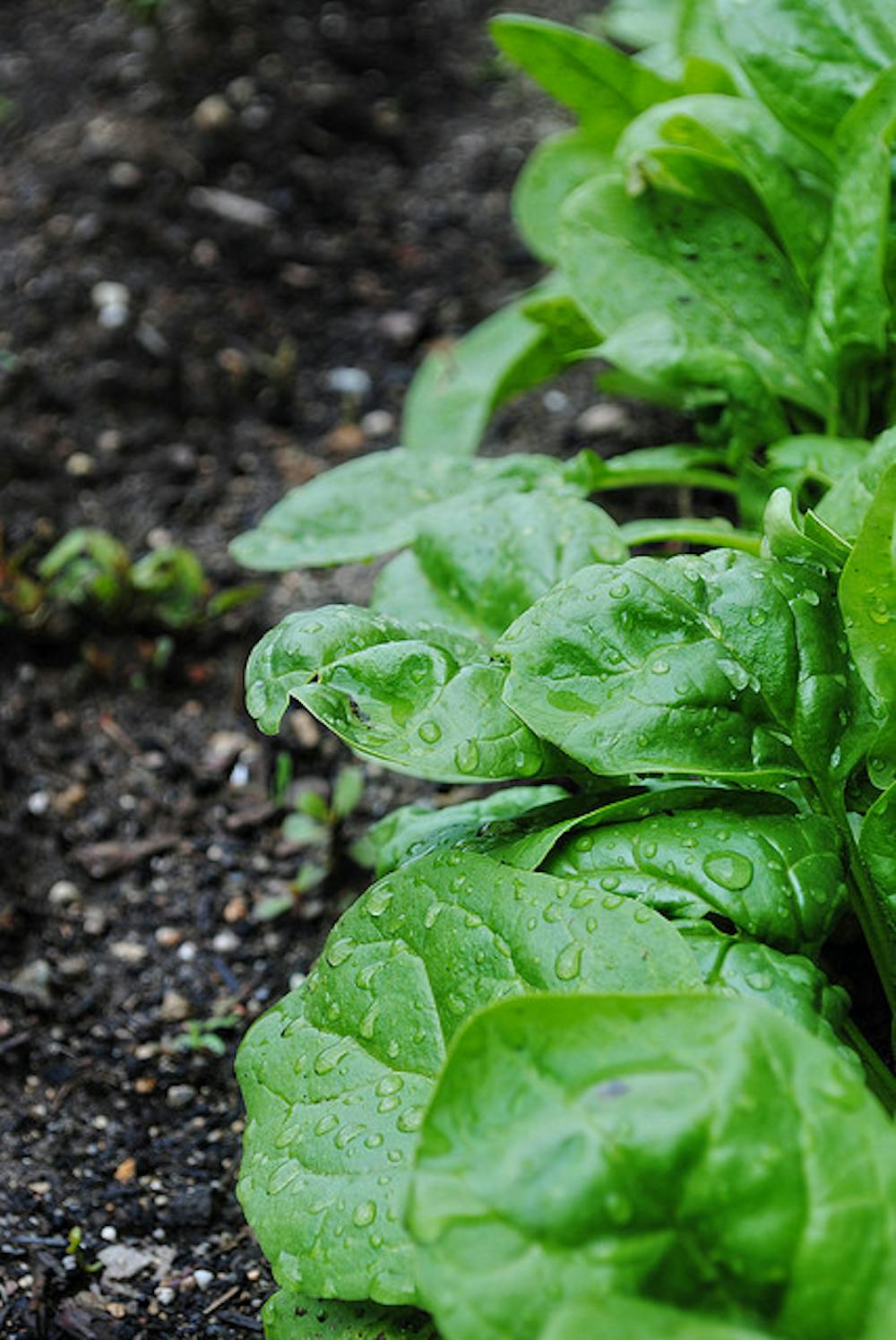Spinach is one of the most basic, healthiest things to include in your diet. Fresh or cooked, the health benefits of spinach are wonderful. As with many leafy greens, freshness matters, and it’s impossible to get anything fresher than straight from your garden or container.
To grow spinach, plant your seeds as soon as possible, or wait until fall—spinach tends to misbehave when the temperature gets too warm, or when the daylight hours exceed 14 hours. Spinach likes cool weather, so you can plant outdoors in a container or in your garden bed. Be sure to include a lot of fertilizer, because spinach loves nitrogen in its soil. Water often, but pick a fast-draining potting mix so the water does not pool.
When your plants are established-after a bit more than a month- you can simply go up to your plants with scissors and nip off the leaves you want to eat. The leaves, once mature, will turn yellow on the plant after about a week—this is not a harvest to save for a later date. The spinach plants give a lot of leaves during the cold, low-sunlight time period when it is at its best, so take leaves as soon as they’re ready to eat and know that new ones will pop up. The leaves will turn bitter and spinach flowers will appear when the conditions stop being ideal for the plant. At that point, it’s time to say goodbye to your spinach plants and move on to other gardening endeavors.
Photo credit: Creative Commons
Spinach: Speedy and Cold-Tolerant Greens

